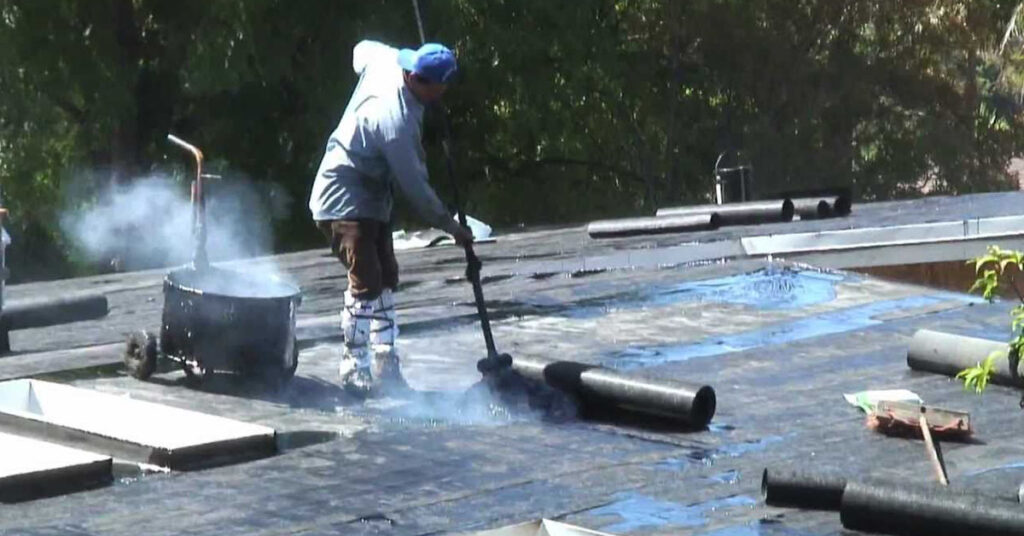When it comes to roofing projects, applying tar is a common practice to seal and protect roofs from water damage. However, one crucial aspect of using roof tar is understanding how long it takes to dry. In this comprehensive guide, we’ll delve into how long does it take roof tar to dry, the typical drying process, and tips for ensuring a successful roofing project. Let’s get started.
What is Roof Tar
Roof tar, also known as roofing tar or asphalt sealant, is a thick, sticky substance made from asphalt and other compounds. It’s applied to roofs to create a waterproof barrier that prevents leaks and extends the lifespan of the roof.
How Long Does it Take Roof Tar to Dry?
The drying time of roof tar can vary depending on several factors, including environmental conditions and the application method. On average, roof tar typically takes anywhere from 24 to 48 hours to dry completely under optimal conditions.
However, it’s essential to note that drying times may be influenced by factors such as temperature, humidity, the thickness of the application, and the type of roofing material. To ensure proper drying, it’s recommended to allow ample time for the tar to dry fully before subjecting it to foot traffic or adverse weather conditions.
Factors Affecting Drying Time
Several factors can influence how long it takes for roof tar to dry:
- Temperature: Warmer temperatures facilitate faster drying times, while colder temperatures slow down the drying process.
- Humidity: High humidity levels can prolong drying times, as moisture in the air slows down evaporation.
- Thickness of Application: Thicker layers of roof tar will take longer to dry compared to thinner layers.
- Type of Roofing Material: Different roofing materials may interact differently with roof tar, affecting drying times.
- Ventilation: Adequate ventilation can help speed up the drying process by promoting airflow and evaporation.
Typical Drying Times
On average, roof tar can take anywhere from 24 to 48 hours to dry completely under optimal conditions. However, drying times may vary depending on the factors mentioned above. It’s crucial to allow sufficient time for the tar to dry fully before exposing it to foot traffic or adverse weather conditions.
Tips for Ensuring Proper Drying
To ensure that roof tar dries effectively and performs as intended, consider the following tips:
- Check Weather Conditions: Choose a dry day with moderate temperatures and low humidity for optimal drying conditions.
- Apply Thin, Even Layers: Avoid applying thick layers of roof tar, as this can prolong drying times and compromise the quality of the sealant.
- Allow Sufficient Drying Time: Patience is key when it comes to drying roof tar. Allow ample time for the tar to dry completely before proceeding with additional roofing activities.
- Ensure Adequate Ventilation: Proper ventilation is essential for expediting the drying process. Use fans or open windows to promote airflow and evaporation.
- Monitor Weather Forecasts: Keep an eye on weather forecasts to avoid exposing wet roof tar to rain or high winds, which can compromise its effectiveness.
Read More: How Long Can a Roof Go Without Shingles?
Conclusion
The drying time of roof tar can vary depending on various factors such as temperature, humidity, and application thickness. By understanding these factors and following best practices for application and drying, you can ensure a successful roofing project with a properly sealed and protected roof.
If you have any concerns or questions about roof tar drying times, don’t hesitate to consult with a professional roofing contractor for guidance and expertise.


